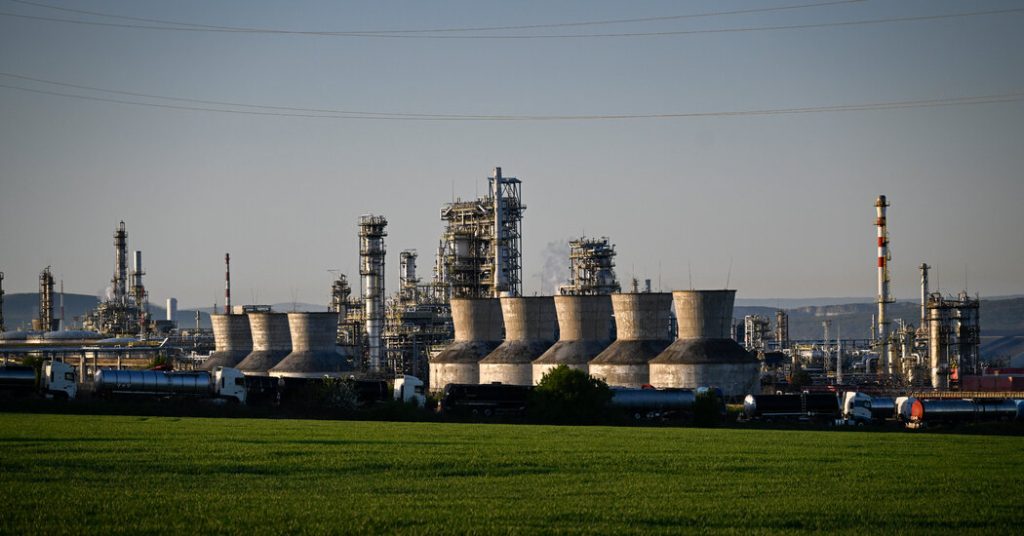In 2022, the Group of 7 nations, including the United States, implemented a plan to cap the price of Russian oil with the goal of restricting Moscow’s ability to profit from its energy exports while maintaining stable energy prices globally. However, over a year later, it appears that only the latter goal has been achieved. Russia has continued to profit from strong oil revenue, partly due to lenient enforcement of the price cap and the development of a shadow fleet of tankers to circumvent the policy. This has raised questions about the effectiveness of the coordinated sanctions campaign by the Group of 7.
The Biden administration maintains that the strategy has been effective, imposing costs on Russia and forcing it to redirect funds that would have been used in Ukraine to finance alternative oil ecosystems. Treasury Secretary Janet L. Yellen highlighted the costs imposed on Russia, pointing out that the country has had to invest significant resources in response to the price cap. The administration has been focused on keeping oil flowing to avoid spikes in gasoline prices that could anger American drivers, despite the challenges in enforcing the price cap.
Despite the efforts to cap the price of Russian oil and restrict Moscow’s revenue, Russia has been able to profit by redirecting exports to countries like China, India, and Turkey. The country has built up its own supply of tankers and insurance alternatives while also implementing a price floor to extract more tax revenue from oil producers. These actions have helped Russia maintain strong oil exports, with the volume reaching levels not seen since before the price cap was implemented.
The Group of 7 finance ministers are expected to discuss the price cap during their meetings in Italy and explore ways to tighten sanctions on Russia and provide more aid to Ukraine. However, major changes to the policy are unlikely at this time. Critics argue that the leaks in the price cap are a result of design flaws associated with keeping Russian oil flowing, particularly due to loopholes that allow evasion tactics. Some suggest that a lower price level for the cap and tougher enforcement could discourage evasion and impact the revenue of the Kremlin.
In response to criticisms and ongoing challenges, the Treasury Department in the United States announced plans to enforce the price cap more rigorously. This includes imposing more sanctions on Russian ships and warning against evasion tactics used to circumvent the cap. The department believes that the price cap has been successful in keeping oil prices under control and maintaining a steady supply of energy to global consumers and businesses. However, critics argue that the policy is enriching the coffers of the Kremlin by encouraging oil sales to countries like China and India.
Critics of the price cap, including former Treasury officials, suggest that the only way to bring the conflict to a conclusion is to cut off the hard currency that fuels Russia’s war machine. They argue that the price cap appears to be a bait and switch tactic that has the appearance of taking action without significantly impacting Russian revenues. Some experts believe that a more rigorous approach to oil sanctions, similar to those imposed on Iran, may be necessary to effectively curb Russian profits from oil exports and influence the conflict in Ukraine.








